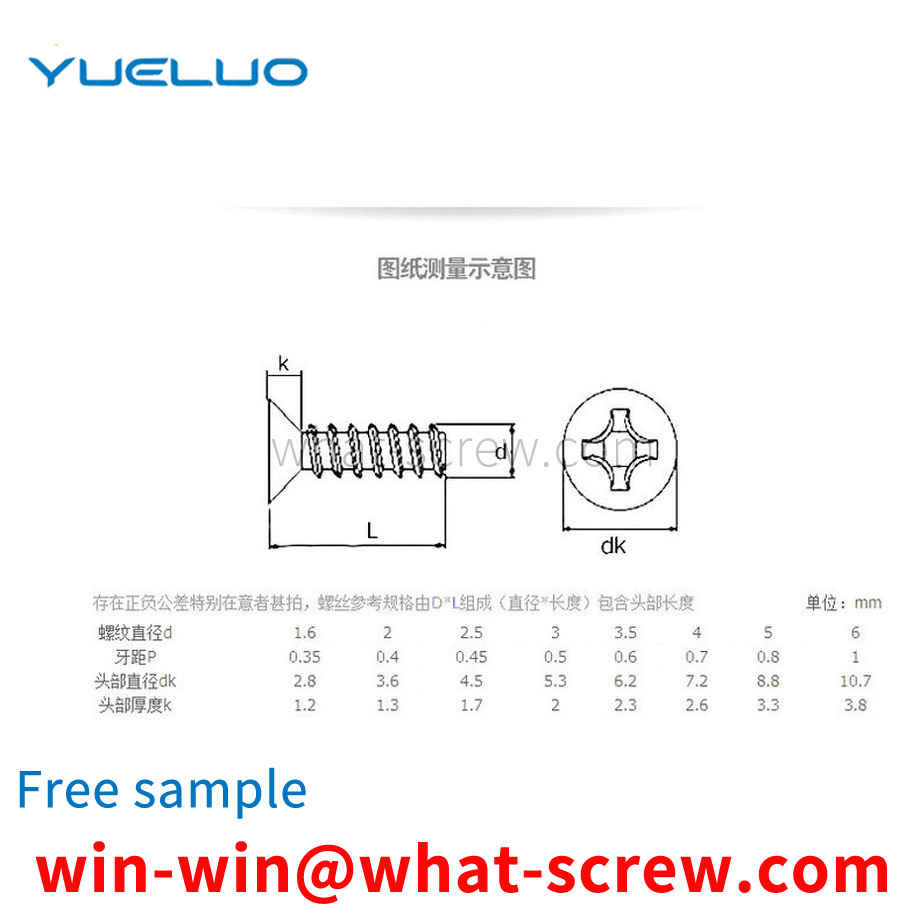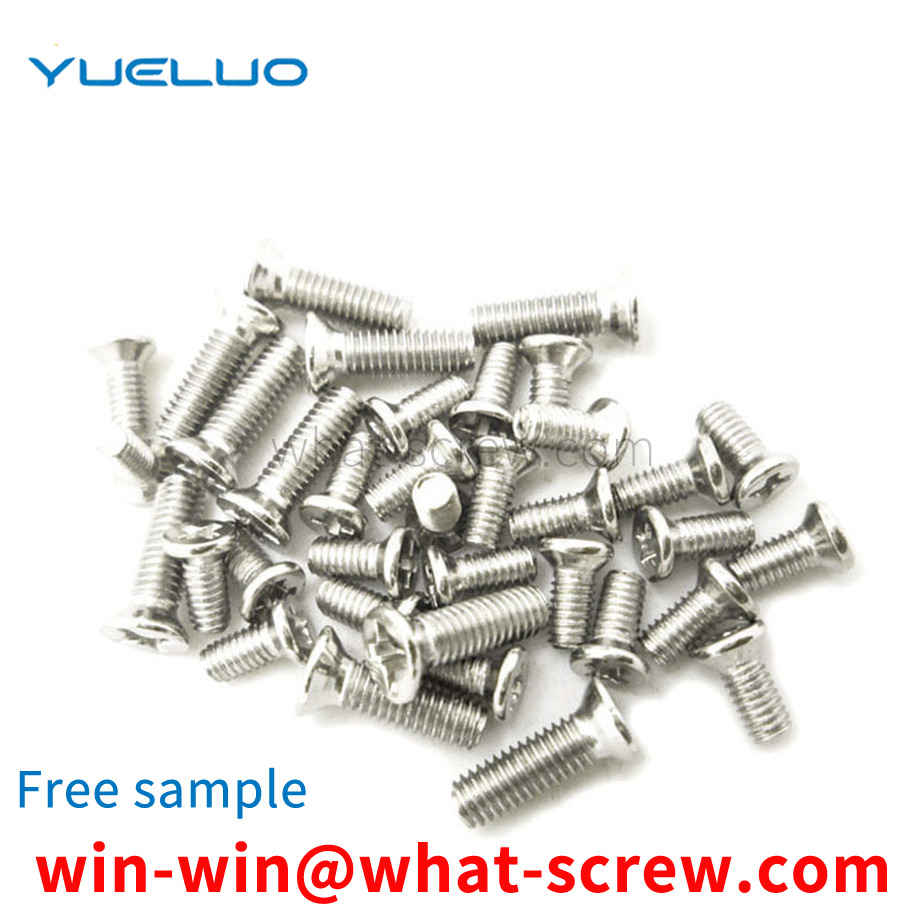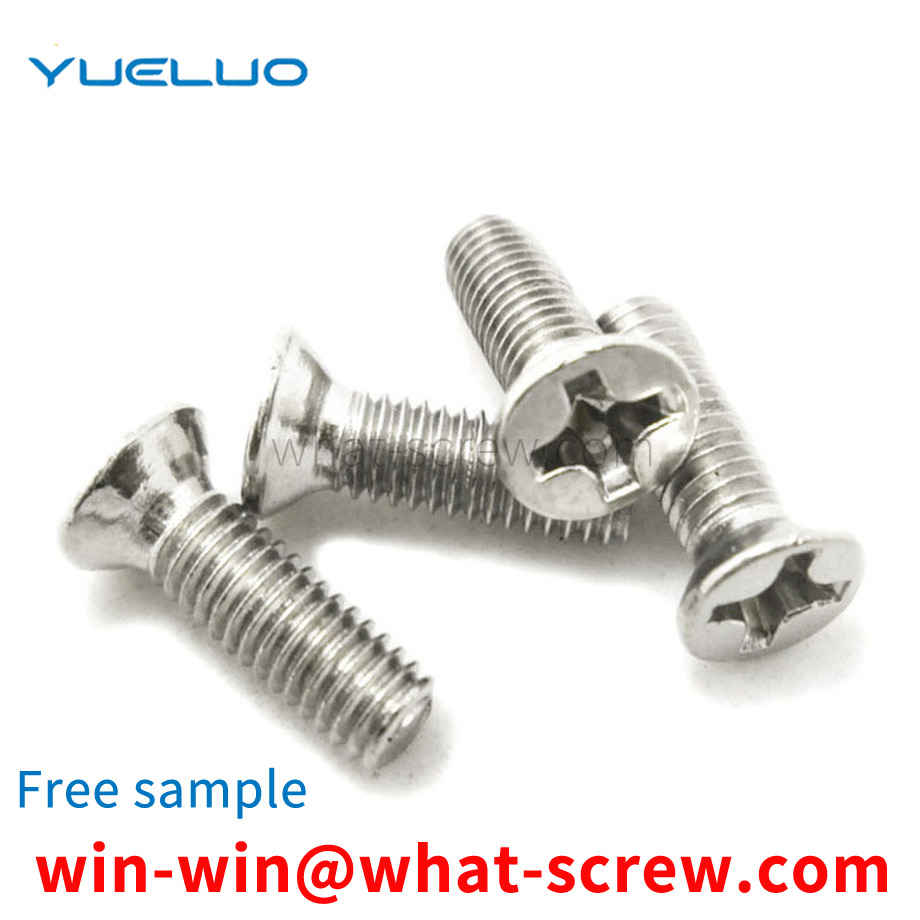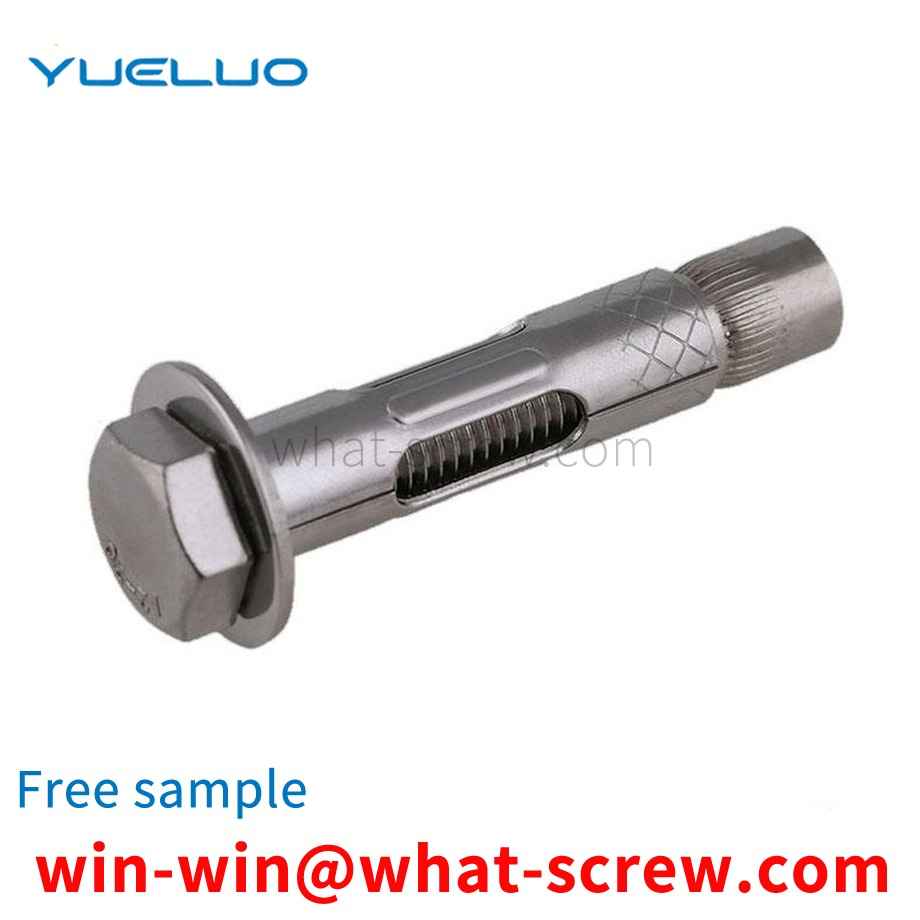What is the tolerance range of precision screws?
What is the tolerance range of precision screws?
Service Hotline
+86760-8787 8587We have more than ten years of experience in screw industry production, the main products are: fixed expansion tube screws, knock-on-lock riveting knock-nails, flat-bottom isolation column rivets, flat head plum bolts, wear-resistant insulation, copper alloy parts for manufacturers, cup head machine wire screws, B1058 square welding nut, enlarged and thickened flat washer, cup head self-tapping bolt, chemical riveting screw, USS wide type, single-head welding pad gasket, plastic insulating screw, round isolation column, plastic plastic screw and other fasteners , Due to the different materials and specifications of the products, the prices are also different, if necessary, please contact us.


Stainless steel fastener product size standards: specify the content of the basic size of the product; threaded products. Not the standard in terms of product technical conditions. Specifically, it includes the following standards: Standard for fastener product tolerance: specifies the content of product size tolerance and geometric tolerance. Standards for mechanical properties of fastener products: specify the marking method of product mechanical property grades, as well as the content of mechanical property items and requirements; some fastener products change this content to product material properties or work performance. content. Standards for surface defects of fastener products: specify the types of surface defects and specific requirements of products. Surface treatment standards for fastener products: specify the types and specific requirements of product surface treatment. Fastener product test standards: specify the test content of the above-mentioned various performance requirements. Standards for product acceptance inspection, marking and packaging of stainless steel fasteners: Standards for fastener product marking methods: specify the content of complete product marking methods and simplified marking methods. Other standards for stainless steel fasteners: such as fastener terminology standards, fastener product weight standards, etc.

For hexagonal nuts, the commonly used standards are: GB52, GB6170, GB6172 and DIN934. The main differences between them are: the thickness of GB6170 is thicker than that of GB52, GB6172 and DIN934, commonly known as thick nuts. The other is the difference between the opposite sides, the opposite sides of DIN934, GB6170 and GB6172 in the M8 nut series are 13MM smaller than the opposite side 14MM of GB52, and the opposite sides of M10 nuts, DIN934 and GB52 are 17MM. The opposite side of GB6170 and GB6172 should be 1MM larger, M12 nut, DIN934, GB52's opposite side is 19MM larger than GB6170 and GB6172's opposite side 18MM is 1MM larger. For M14 nuts, the opposite side of DIN934 and GB52 is 22MM, which is 1MM larger than the opposite side of GB6170 and GB6172, which is 21MM. The other is the M22 nut. The opposite side of DIN934 and GB52 is 32MM, which is 2MM smaller than the opposite side of GB6170 and GB6172, which is 34MM. (Besides the thickness of GB6170 and GB6172 are the same, the width of the opposite side is exactly the same) The rest of the specifications can be used in general without considering the thickness.


A T-shaped grounding bolt comprises a connection platform, a hexagonal bolt is welded below the described connection platform, and the lower surface edge of the described connection platform is provided with a barb.

rivet is a nail-shaped object with a cap on one end: in riveting, the riveted parts are connected by their own deformation or interference. There are many types of rivets, and they are informal. Commonly used are semi-circular head, flat head, semi-hollow rivet, solid rivet, countersunk head rivet, blind rivet, hollow rivet, which usually use their own deformation to connect the riveted parts. Generally, cold riveting is used for those smaller than 8 mm, and hot riveting is used for larger ones. But there are exceptions, such as the nameplate on the three-ring lock, which is riveted by the interference between the rivet and the lock body hole. In addition, there are paired rivets, which are special. Divided into two parts, the thicker section of the rod with a cap has a hole in the center, and the other section of the rod with a cap is an interference fit. When riveting, drive the thin rod into the thick rod. Most of the existing rivets are connected by overall deformation to achieve mutual cooperation. In the ultra-fine-pitch display screen, the rivets used to fix the ultra-fine-pitch display screen have a slender diameter. If they are fixed by overall deformation, they are prone to bending and breaking. and other phenomena, the tightening effect is not good or there is no tightening effect, which damages the components, increases the cost, and wastes time and resources.

The above content is uploaded by Yueluo or the Internet. If there is any copyright issue, please contact [email protected].

What is the tolerance range of precision screws?

How to choose the right stainless steel screw manufacturer?

Why is there an R angle under the head of the hexagon head s...

We have more than ten years of production experience in the ...

We have more than ten years of production experience in the ...

We have more than ten years of experience in screw industry ...

We have more than ten years of experience in screw industry ...